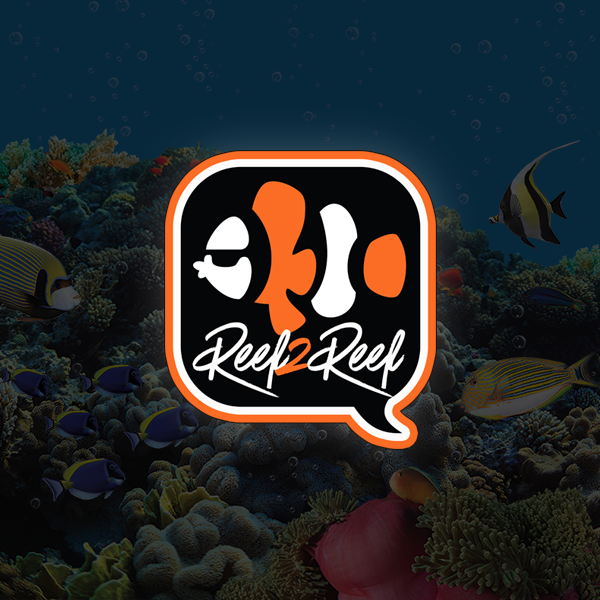Navigation
Install the app
How to install the app on iOS
Follow along with the video below to see how to install our site as a web app on your home screen.
Note: This feature may not be available in some browsers.
More options
You are using an out of date browser. It may not display this or other websites correctly.
You should upgrade or use an alternative browser.
You should upgrade or use an alternative browser.
Wrasse spiraling
- Thread starter coralcollector1
- Start date
- Tagged users None
vetteguy53081
Well known Member and monster tank lover
View Badges
Partner Member 2024
Excellence Award
Reef Tank 365
RGB
Article Contributor
Tampa Bay Reef Keepers
West Palm Beach Reefer
Hospitality Award
Ocala Reef Club Member
305 Reef Club
Wisco Reefers
Midwest Reefer
Fish Medic
MAC of SW Florida
Rock Pool Reef Keepers
R2R Secret Santa 2023
My Tank Thread
My Aquarium Showcase
Not good and it may be moribund or even a neurological disease But right now its a guess. Can you provide pics and mainly video under white lighting for further assessment ?Noticed my naoko wrasse started to spin uncontrollably in my qt tank it was doing fine I don't have a clue to what's going on. It's tail isn't really moving
Upvote
0
Got it
That looks very much like UNWD. Researchers are looking into the cause for this, but no treatment as yet. Here is a post for this:

Unknown Neurological Wrasse Disease (UNWD)
Unknown Neurological Wrasse disease (UNWD) There is a disease that afflicts newly acquired wrasses, usually Cirrhilabrus fairy wrasses or flasher wrasses, Pseudocheilinus, but occasionally other species as well. The gross visual symptoms are always the same; the fish shows a rapid onset of...
 www.reef2reef.com
www.reef2reef.com
Jay
Upvote
0
Here is some info I wrote up about that:Ok then any way to uthinize the fish then?
Preferred methods for euthanasia
MS-222
Every aquarist should have a plan for specimen euthanasia before they need to employ it. An overdose of buffered Tricaine methane sulfonate (MS-222) is the preferred method for euthanizing fish. Dosing at a rate of greater than 300 mg/l MS-222 along with 300 mg/l sodium bicarbonate is effective for euthanizing fish within 30 minutes. However, MS-222 is expensive, and not readily available in smaller quantities to home aquarists. Removing the fish too soon from the solution may allow it to recover. It is therefore suggested to leave the fish in a small amount of the euthanizing solution, and freeze it for later disposal.
Clove oil (eugenol)
One product that aquarists can buy that is approved by at least some veterinarians and research biologists is clove oil, also called eugenol. A dose of 50 mg/l is usually sufficient in euthanizing fish. This equates to about 0.20 ml of eugenol in one gallon of aquarium water.
Because eugenol does not mix well with water, and because larger volumes are easier for hobbyists to measure out, it can be dosed using the following method:
1) Add 2 ml of eugenol to 100 ml of tank water in a sealed container and shake it vigorously.
2) Add 10 ml of this suspended solution to each gallon of water needed to euthanize the fish.
3) Place the fish in this solution and keep it covered to prevent it from jumping out and to help keep it calm.
4) Wait at least twenty minutes after it stops breathing, and then remove the fish from the solution and freeze it for later disposal.
Other methods
A variety of other methods have been proposed for the euthanasia of fishes, but none are fully accepted by veterinary experts. Still, home aquarists need more common tools to use, so those methods are listed here in roughly descending order of suitability:
Ethanol
Regular alcohol at a dose of 25 ml per liter will cause respiratory collapse and death in fishes within 30 minutes. The trouble is that alcohol is not available in pure form unless it has been “denatured” by the addition of distasteful chemicals such as turpentine. Vodka is about 40% alcohol by volume, so using it 62 ml per liter will give an effective dose.
Decapitation/pithing
Cutting a fish’s spinal cord, right behind the head, is a quick method of euthanasia that is approved for use in food fishes (where the use of chemicals would otherwise make the flesh unfit to eat). The issue is really that the method is distasteful for most people to do, so it is rarely used by aquarists. However, it is quick and effective.
Freezing
Placing the affected fish in a small amount of aquarium water in a sealed container and then placing the container in a freezer is a euthanasia technique used by some people. However, it is slow to work, so it is not considered humane. Its appeal as a method is that the fish is “out of sight” so people feel more detached from the process.
An option of last resort
The animals in your aquariums are completely reliant on you for proper care. It is your responsibility to see to it that their lives in captivity are humane as possible and that all of their needs are met. If you cannot meet their needs, please find someone who is more able. Euthanasia should be considered only for health reasons, not because it is no longer convenient to care for an animal.
Upvote
0
4FordFamily
Tang, Angel, and Wrasse Nerd!
View BadgesStaff member
Super Moderator
Partner Member 2024
Excellence Award
Reef Tank 365
Expert Contributor
Article Contributor
Hospitality Award
INDMAS Member
My Tank Thread
What's Wrong With My Wrasse?
An article about how to manage a sick wrasse in the saltwater aquarium.
 www.reef2reef.com
www.reef2reef.com
For others that come here (or the op), this article may be helpful.
Upvote
0
Similar threads
- Replies
- 24
- Views
- 339
- Replies
- 16
- Views
- 284
- Replies
- 21
- Views
- 390
- Replies
- 2
- Views
- 146
















